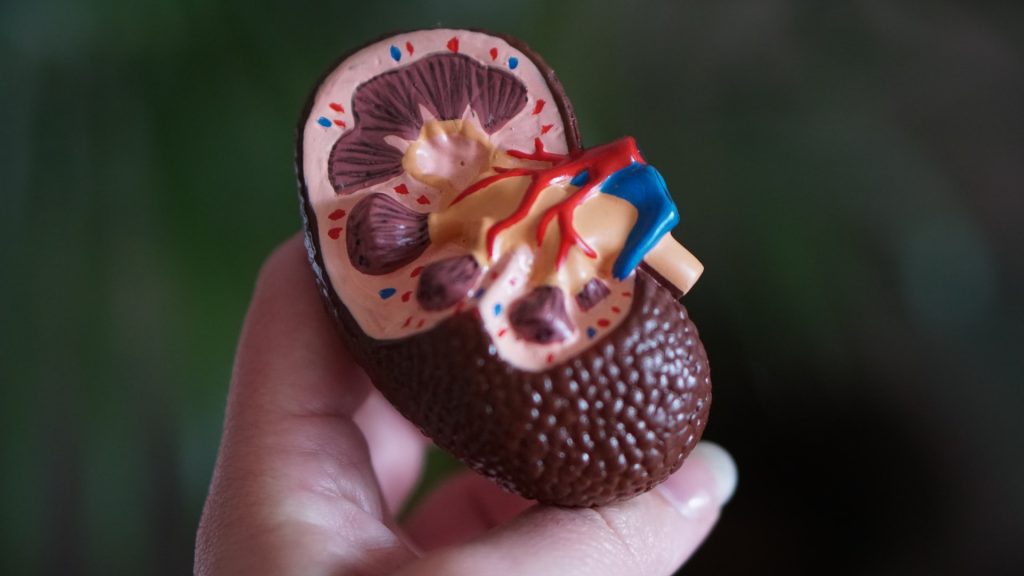Regular Checkups may Forestall Kidney Disease Progression

A new Japanese ecological study revealed that participation rates for Specific Health Checkups (SHC participation rates) had significant negative effects on standardised incidence rates (SIRs) of treated end-stage kidney disease (ESKD) and prevalence of chronic kidney disease (CKD). The findings support the importance of increasing SHC participation rates at the population level and encouraging people to undergo regular health checkups.
These factors were all relative to each of Japan’s administrative regions, known as prefectures. The findings were reported in Clinical and Experimental Nephrology.
“Japan has one of the highest incidence and prevalence rates of treated ESKD and substantial regional variation in the incidence of treated ESKD despite a uniform health care and insurance system and low ethnic and racial diversity,” said Dr Wakasugi, the corresponding author of the study. “Large variations have been observed by prefecture in participation rates for SHC, an annual health screening program introduced by Japan’s Ministry of Health, Labour and Welfare since 2008 to identify individuals requiring specific health guidance to reduce the number of people having or at risk for, metabolic syndrome.”
Using five sources of nationwide open data, the study revealed that SHC participation rates had significant direct negative effects on prefecture-specific standardised incidence rates (SIRs) and the prefecture-specific prevalence of CKD. Furthermore, through SHC participation rates, the ratio of nephrology specialists had a significant indirect negative effect on prefecture-specific SIRs, suggesting that a higher prefecture-specific ratio of nephrology specialists was associated with lower prefecture-specific SIRs. The structural equation modelling model explained 14% of the variance in prefecture-specific SIRs, indicating that prefecture-specific SHC participation rates can partially explain regional variation in prefecture-specific SIRs of treated ESKD.
“Our findings concord with the Neyagawa Health Checkups and Health Care in Kokuho Database study, which showed that men who did not attend health checkups and did not undergo a kidney test using dipstick urinalysis and/or serum creatinine measurement at medical facilities were at significantly higher risk of treated ESKD than those who attended checkups, especially among those aged ≥ 75 years,” said Dr Wakasugi. “Our findings provide evidence to support the importance of increasing SHC participation rates from a population-level perspective and encouraging people to undergo health checkups.”
Source: EurekAlert





